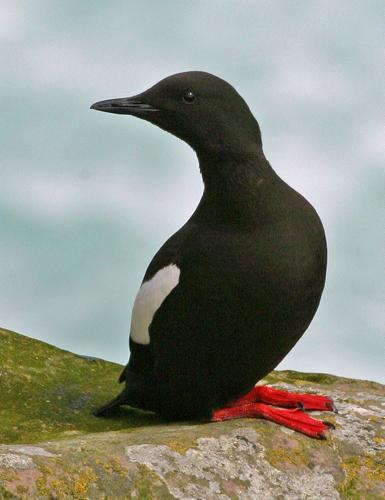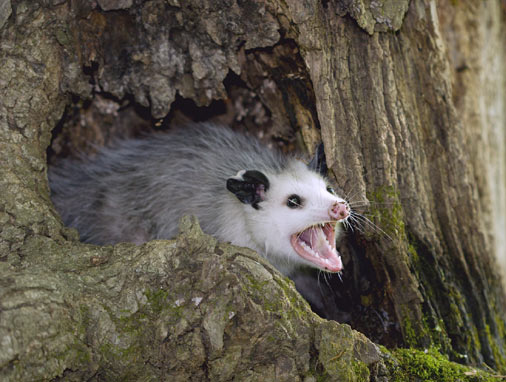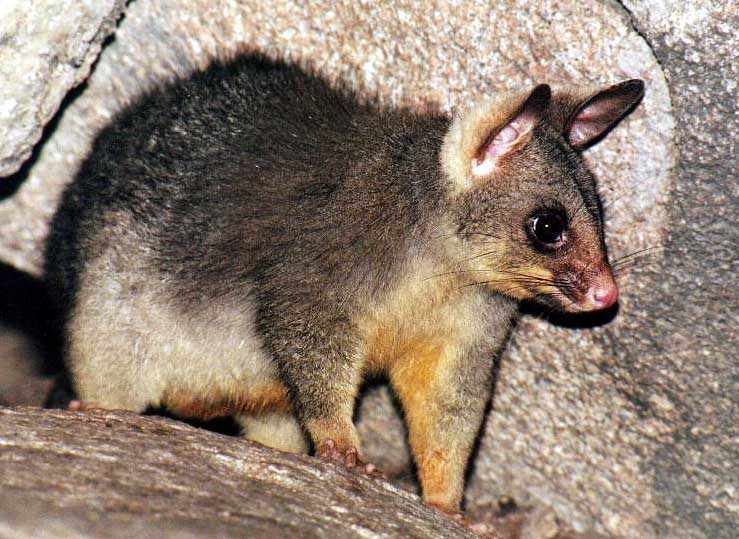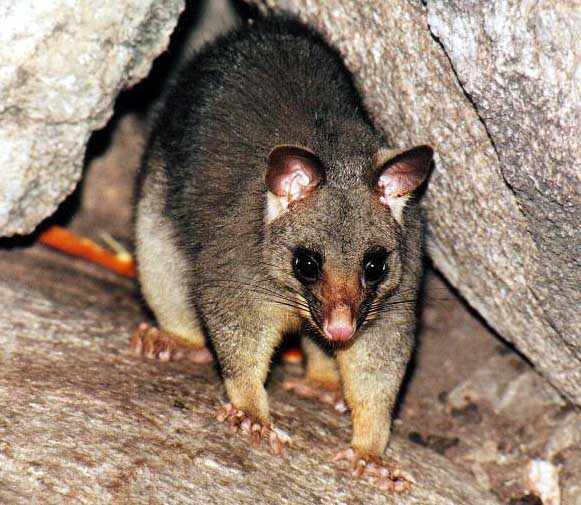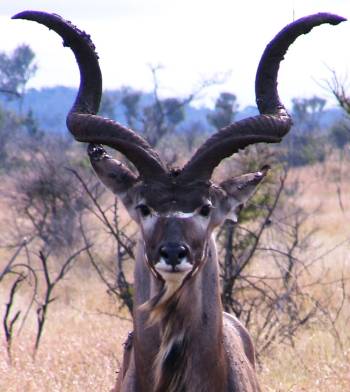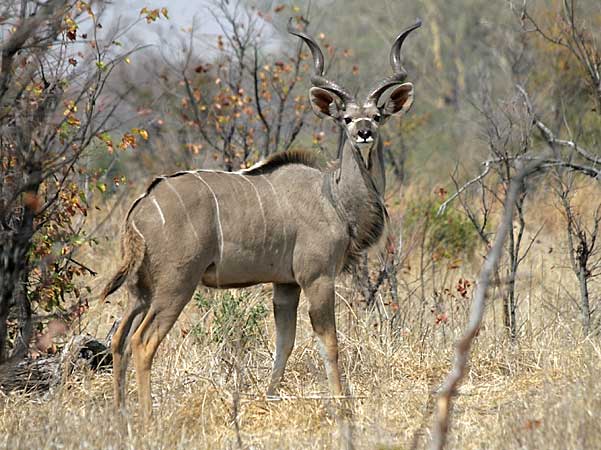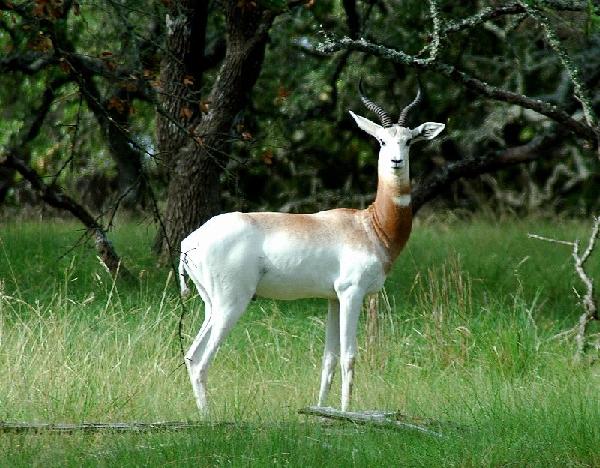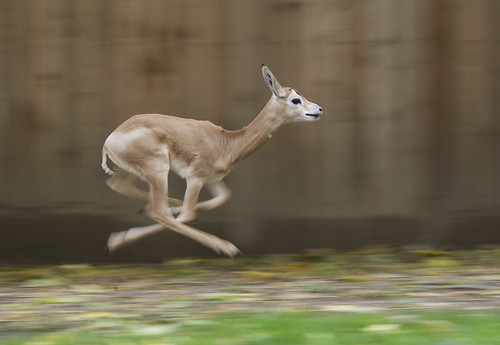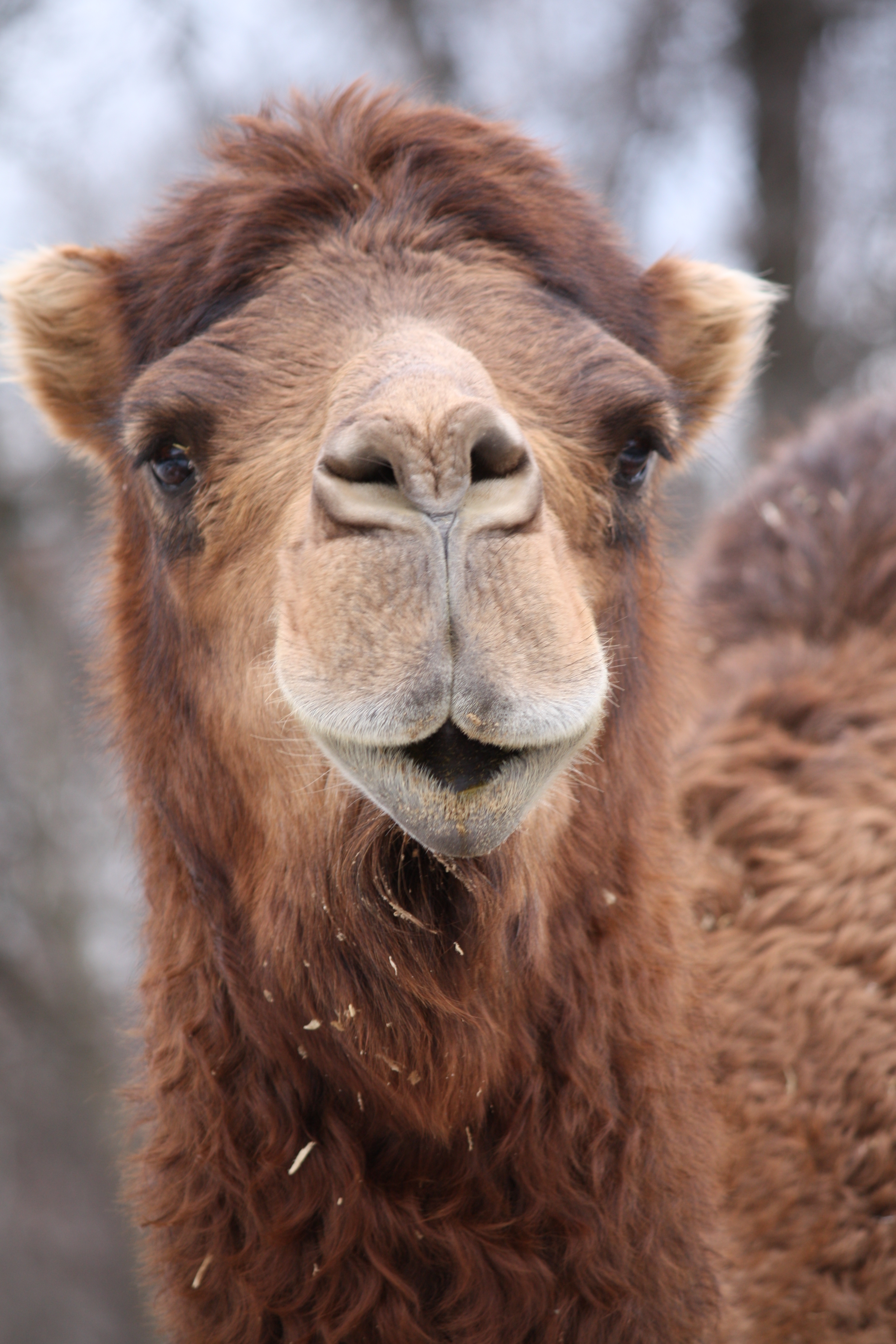The caspian tern is the world's largest tern with a length of 48–56 cm, a wingspan of 127–140 cm and a weight of 574–782g.Adult birds have black legs, and a long thick red-orange bill with a small black tip. They have a white head with a black cap and white neck, belly and tail. The upper wings and back are pale grey, the underwings are pale with dark primary feathers. In flight, the tail is less forked than other terns and wing tips black on the underside.In winter, the black cap is still present (unlike many other terns), but with some white streaking on the forehead. The call is a loud heron-like croak.They feed mainly on fish, which they dive for, hovering high over the water and then plunging. They also occasionally eat large insects, the young and eggs of other birds and rodents. They may fly up to 60 km from the breeding colony to catch fish, it often fishes on freshwater lakes as well as at sea.

beautiful birds of caspian tern sound photos
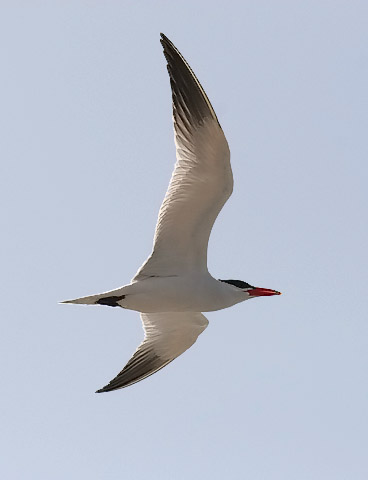
please click on a thumbnail to view a picture in this large window

free downloading of Caspian tern Columbia river
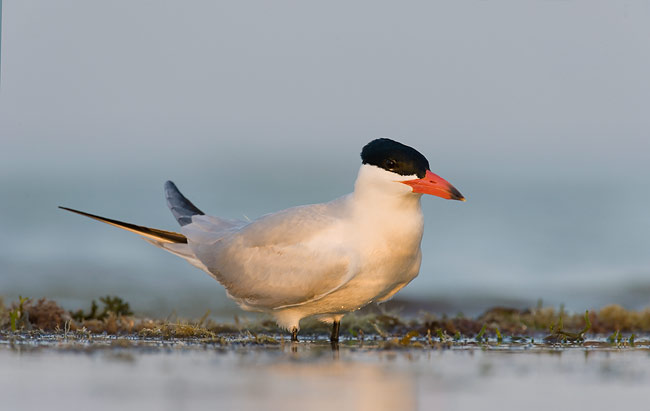
latest images of Caspian tern bird wiki

nature flying birds of caspian facts
Breeding is in spring and summer, with one to three pale blue green eggs, with heavy brown spotting, being laid. They nest either together in colonies, or singly in mixed colonies of other tern and gull species. The nest is on the ground among gravel and sand, or sometimes on vegetation; incubation lasts for 26–28 days. The chicks are variable in plumage pattern, from pale creamy to darker grey-brown, this variation assists adults in recognizing their own chicks when returning to the colony from feeding trips. Fledging occurs after 35–45 days.
for more pics...








